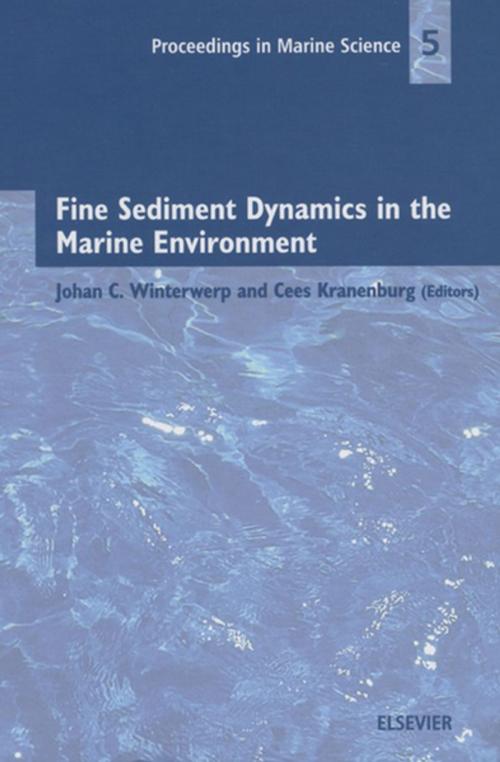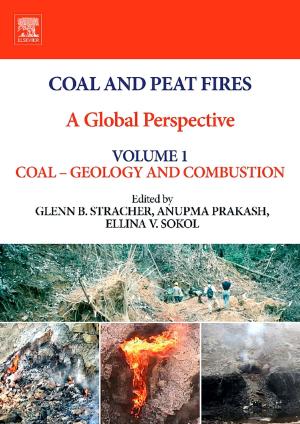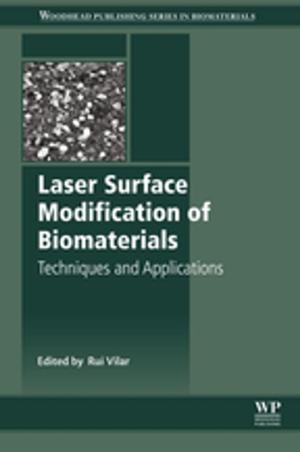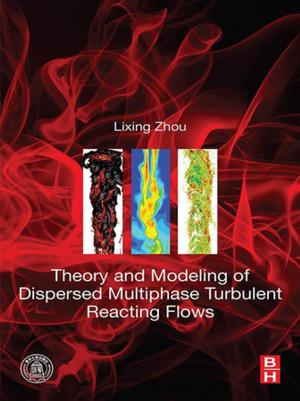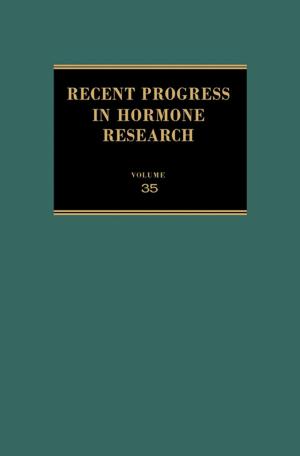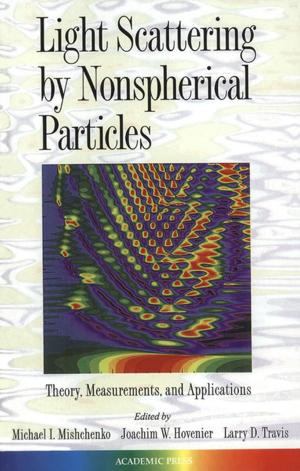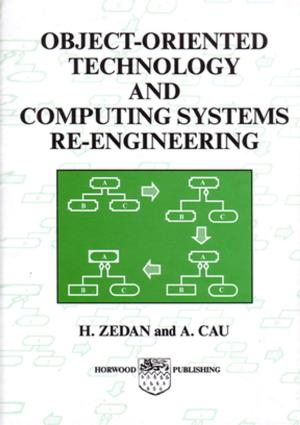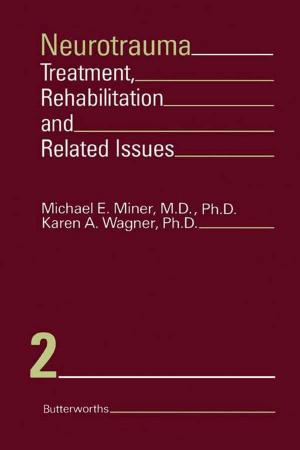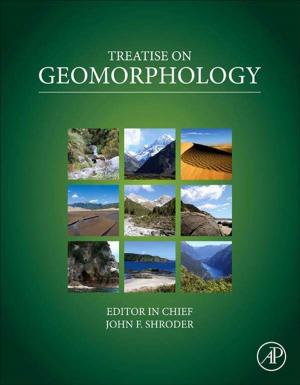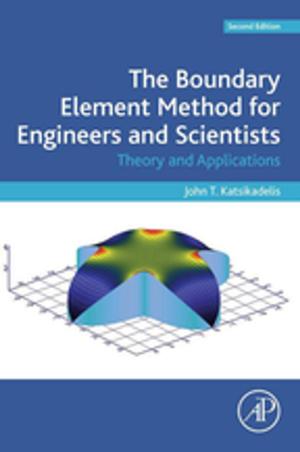Fine Sediment Dynamics in the Marine Environment
Nonfiction, Science & Nature, Science, Earth Sciences, Geophysics, Geology| Author: | ISBN: | 9780080531663 | |
| Publisher: | Elsevier Science | Publication: | June 5, 2002 |
| Imprint: | Elsevier Science | Language: | English |
| Author: | |
| ISBN: | 9780080531663 |
| Publisher: | Elsevier Science |
| Publication: | June 5, 2002 |
| Imprint: | Elsevier Science |
| Language: | English |
Cohesive sediment, or mud, is encountered in most water bodies throughout the world. Often mud is a valuable resource, synonymous with fertile land, enriching the natural environment and used as an important building material. Yet mud also hinders navigation and consequently, dredging operations have been carried out since ancient times to safeguard navigation. Unfortunately, many mud deposits are now contaminated, endangering the eco-system and increasing the costs of dredging operations. The transport and fate of mud in the environment are still poorly understood and the need for basic research remains. This text contains the proceedings of the INTERCOH-2000 conference on progress in cohesive sediment research. It was the sixth in a series of conferences initially started by Professor Ashish Mehta in 1984 as a "Workshop on Cohesive Sediment Dynamics with Special Reference to the Processes in Estuaries". During these conferences the character of the first workshop has always been maintained, that is, small scale and dedicated to the physical and engineering aspects of cohesive sediments, without parallel sessions, but with ample time for discussions during and after the presentations, and followed by a book of proceedings containing thoroughly reviewed papers. INTERCOH-2000 was integrated with the final workshop of the COSINUS project. This project was carried out as a part of the European MAST-3 programme, and almost all European cohesive sediment workers were involved. INTERCOH-2000 focused on the behaviour and modelling of concentrated benthic suspensions, i.e. high-concentrated near-bed suspensions of cohesive sediment. Special attention was paid to: sediment - turbulence interaction; flocculation and settling velocity; high-concentrated mud suspensions; processes in the bed - consolidation; processes on the bed - erosion; field observations on mud dynamics; instrumentation; and numerical modelling.
Cohesive sediment, or mud, is encountered in most water bodies throughout the world. Often mud is a valuable resource, synonymous with fertile land, enriching the natural environment and used as an important building material. Yet mud also hinders navigation and consequently, dredging operations have been carried out since ancient times to safeguard navigation. Unfortunately, many mud deposits are now contaminated, endangering the eco-system and increasing the costs of dredging operations. The transport and fate of mud in the environment are still poorly understood and the need for basic research remains. This text contains the proceedings of the INTERCOH-2000 conference on progress in cohesive sediment research. It was the sixth in a series of conferences initially started by Professor Ashish Mehta in 1984 as a "Workshop on Cohesive Sediment Dynamics with Special Reference to the Processes in Estuaries". During these conferences the character of the first workshop has always been maintained, that is, small scale and dedicated to the physical and engineering aspects of cohesive sediments, without parallel sessions, but with ample time for discussions during and after the presentations, and followed by a book of proceedings containing thoroughly reviewed papers. INTERCOH-2000 was integrated with the final workshop of the COSINUS project. This project was carried out as a part of the European MAST-3 programme, and almost all European cohesive sediment workers were involved. INTERCOH-2000 focused on the behaviour and modelling of concentrated benthic suspensions, i.e. high-concentrated near-bed suspensions of cohesive sediment. Special attention was paid to: sediment - turbulence interaction; flocculation and settling velocity; high-concentrated mud suspensions; processes in the bed - consolidation; processes on the bed - erosion; field observations on mud dynamics; instrumentation; and numerical modelling.
